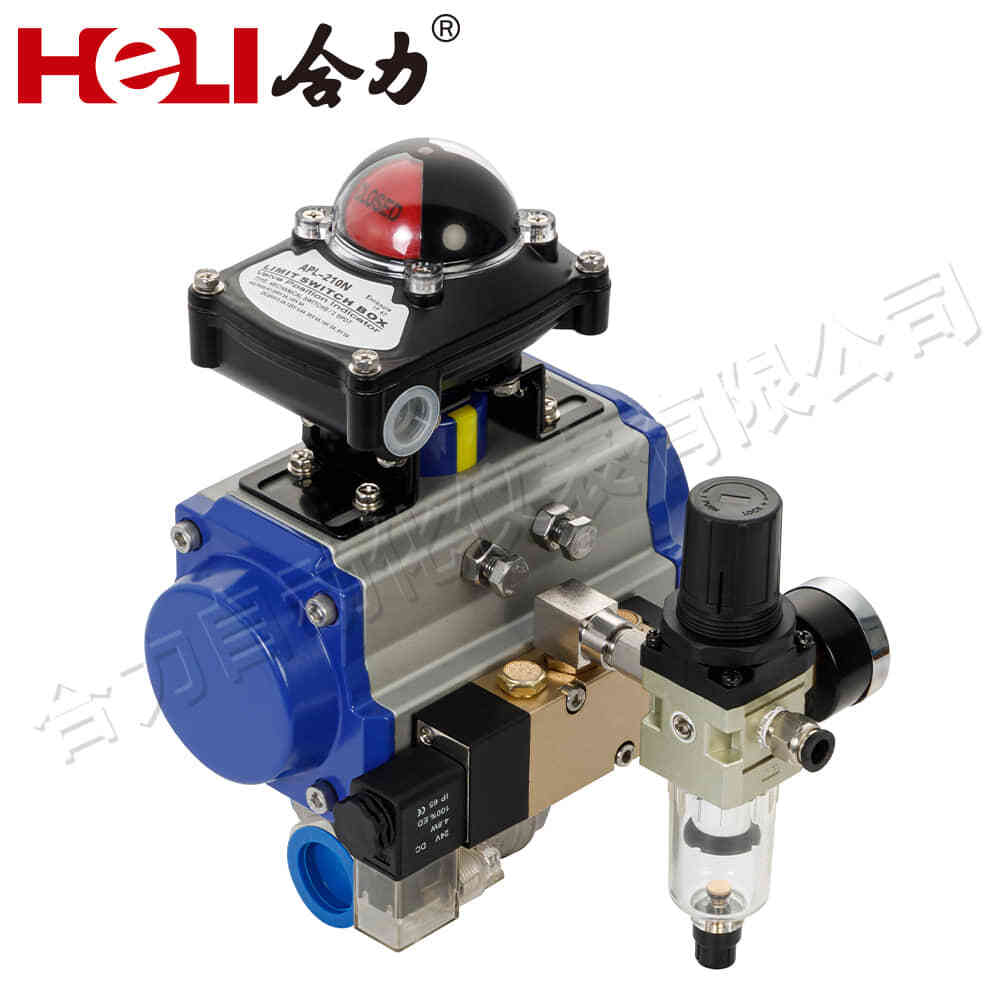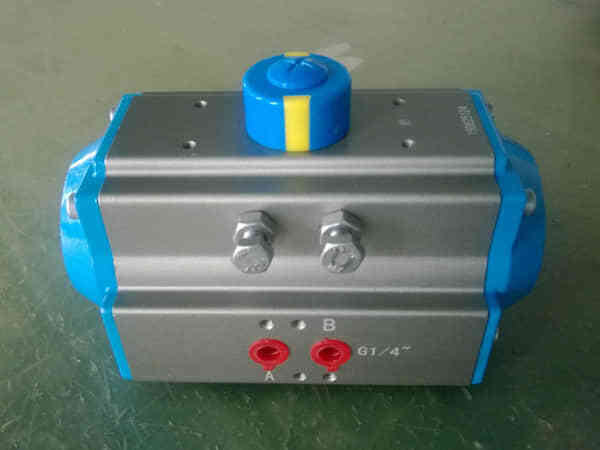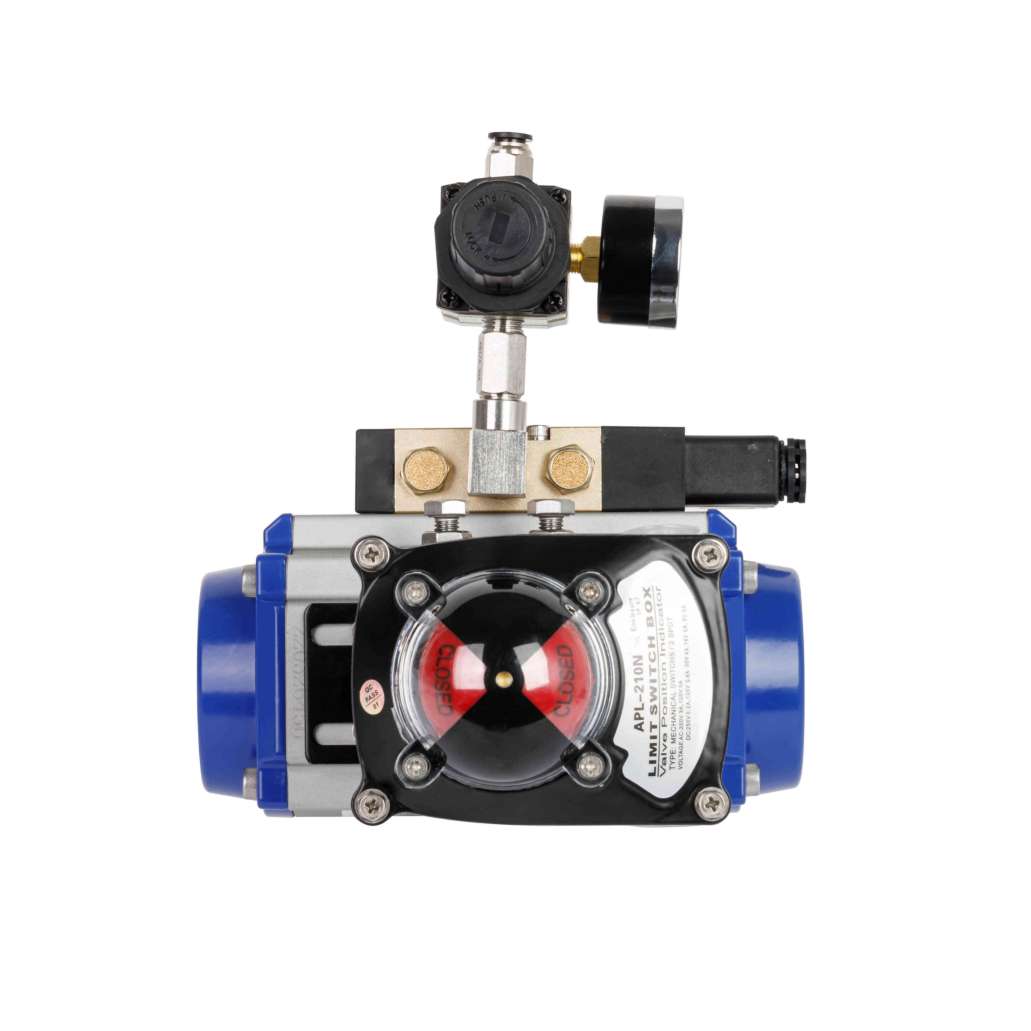the essential role of pneumatic actuators in modern automation systems
Release time:2025-10-19 11:10:43
In today's rapidly advancing industrial world, automation plays a crucial role in improving productivity, efficiency, and safety. A key component of automation systems is the pneumatic actuator, a device that converts compressed air into mechanical motion. Pneumatic actuators are widely used in industries such as manufacturing, robotics, and process control, where they perform a variety of essential tasks. This article explores the working principles, types, applications, and benefits of pneumatic actuators, providing insight into why they are vital in modern automation.

Working Principle of Pneumatic Actuators

At the heart of any pneumatic actuator is the principle of using compressed air to produce motion. Compressed air is fed into the actuator, where it exerts pressure on a piston or diaphragm. This pressure causes the piston to move, which in turn drives a mechanical output. The direction and speed of the movement are controlled by valves that regulate the flow of air into and out of the actuator. In some cases, the actuator may also include feedback mechanisms to control position, speed, or force.
The basic operation of a pneumatic actuator can be broken down into a few simple steps:




